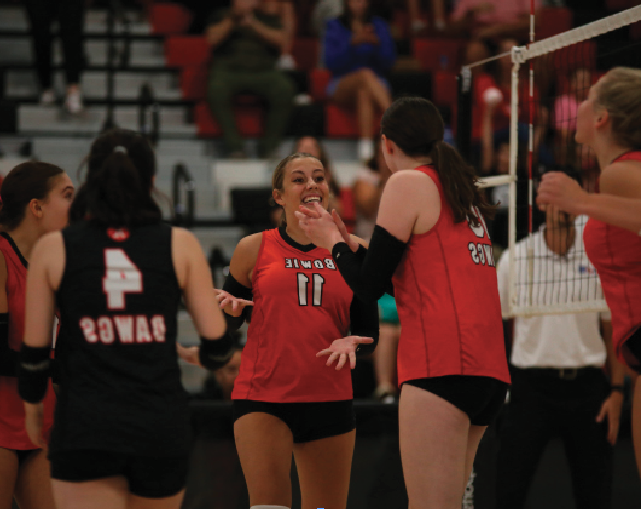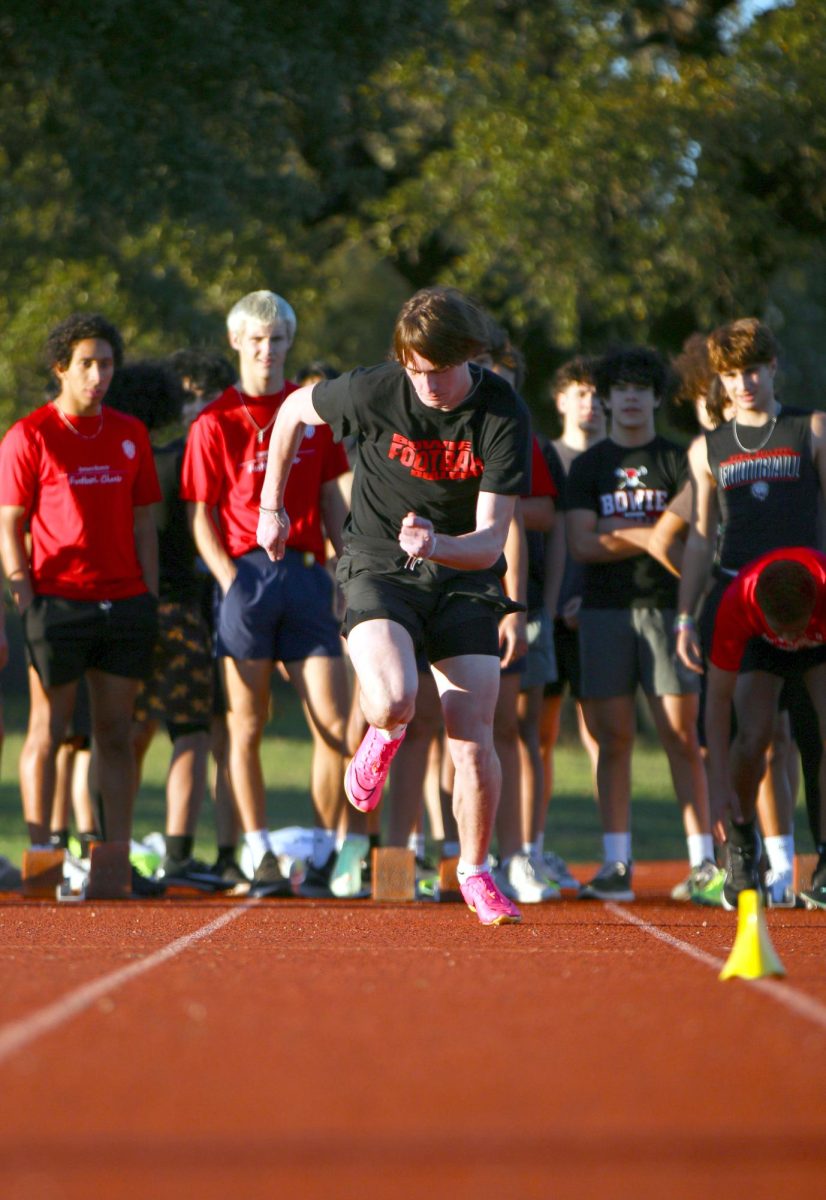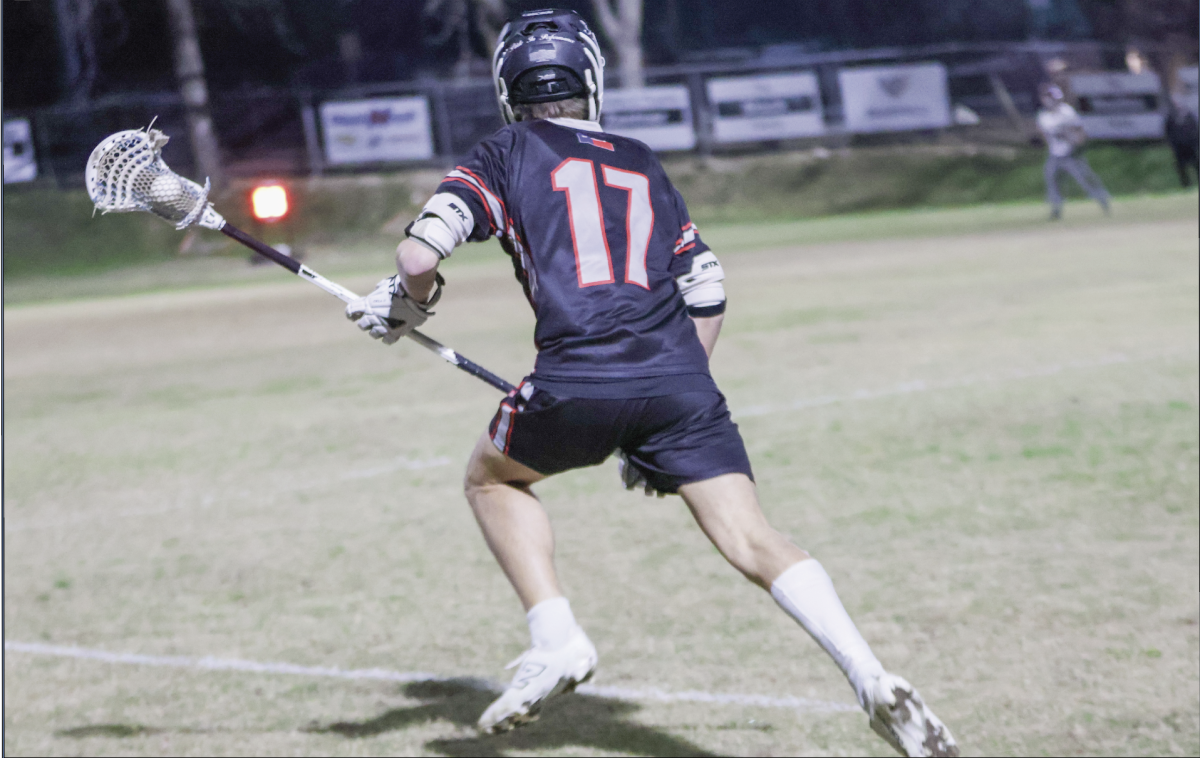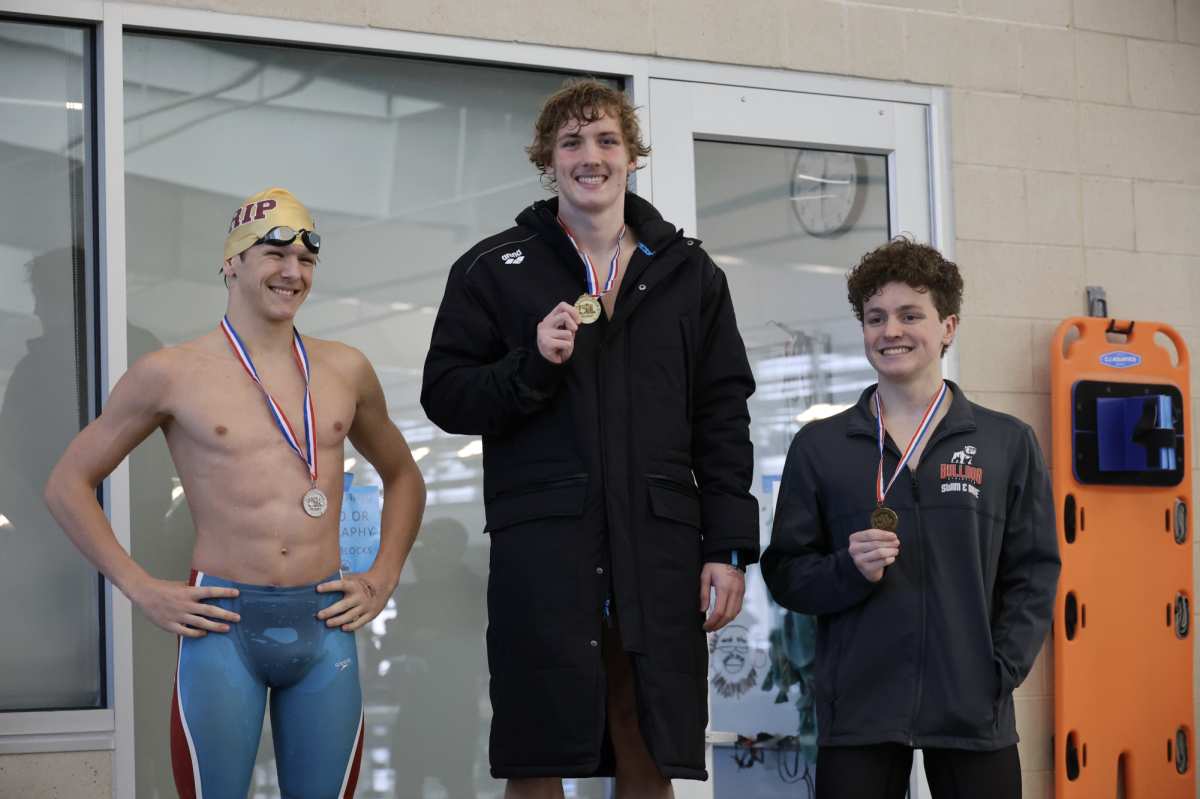Football, basketball and volleyball are all followed closely and are very popular sports within a high school and even college, but what about those sports that don’t get as much recognition. Athletes have many different techniques for training and preparing themselves during off-season, including power-lifting.
Power-lifting is a competitive weightlifting sport, where athletes perform three different types of lifts to see who can lift the most weight. Although power-lifting lacks popularity, it helps support athletes behind every sport and takes a lot of preparation and training.
“My favorite thing about power-lifting is comradery and the experience of competing in a competition,” power-lifting coach Lee Hipp said.
Power-lifting recently had their first meet at Vista Ridge on January 12. Sophomore Cooper Laake competed along with many other grade levels that traveled up there to compete and start off the season.
“First meet was pretty decent versus Vista Ridge, we had about 60 competitors go up there, different levels, freshman and varsity, and everyone did a great job. Cooper did a great job and he was very impressive as a sophomore,” Hipp said.
Laake finished second among juniors and seniors with a maximum weight of 920 pounds. Being one of the few sophomores to finish top five, Laake works extremely hard, putting in extra hours to be where he is now.
“I try and be in the weight room almost every single day and eat a lot of food. I want to be bigger, faster and stronger so that I can play football in college,” Laake said.
Power-lifting consists of three different lifts, squats, bench press and dead lift. At meets, every athlete must find their max weight in each lift, but everyone has their specialties and favorites.
“I like Squats because I like working on lower body lifts and a lot of what I do in football comes from strength in my lower body,” junior Matthew Forrest said.
Along with the intense training and work, a proper diet with a lot of protein and carbs are important to help one’s body recover from a hard meet.
“I lift during and after football and also try to get the right amount of protein, carbs, etc. my body needs,” Forrest said.
Dedication and work put into training are important, but the right coach and mentor to help develop the right technique is also very important for success. Coach Hipp helps train them because the sport has points made up of pushing oneself to their limits.
“Coach Hipp is really helpful in developing different techniques in the weight room and enabling myself to get better, bigger and stronger,” junior Zach Yanes said.
Because power-lifting doesn’t have a class, students must come after-hours either before school or after school to train. Hipp not only opens the weight room occasionally on the weekends but is also here everyday before school and after school until 5:30 pm to help train athletes.
“Coach Hipp is very vocal and he enjoys making us work and he likes to make us stronger,” Laake said
Power-lifting requires a quick stimulus and fast reacting muscles to complete each lift. This sport requires large amounts of muscle, which can only obtained through hard work and time. Along with these physical requirements, athletes must be strong mentally and set goals to keep they improving.
“Coach Hipp is good at getting us to move quick and get done what we need to get done. He helps us set goals for where we want to be at and helps us get there,” Forrest said.
Power-lifting is also set aside form other sports because AISD does not fund it and the athletes and coaches must provide for themselves.
“The money is struggling to get there because AISD does not sponsor it, but I expect it to be quite well throughout the season,” Hipp said.
Lacking recognition and funding, power-lifting never fails to train athletes during off-season and continues to display and teach young athletes hard work and devotion
“We enjoy ourselves, we get to add on to other sports, and it helps people get ready and prepare for other sports,” Hipp said.






